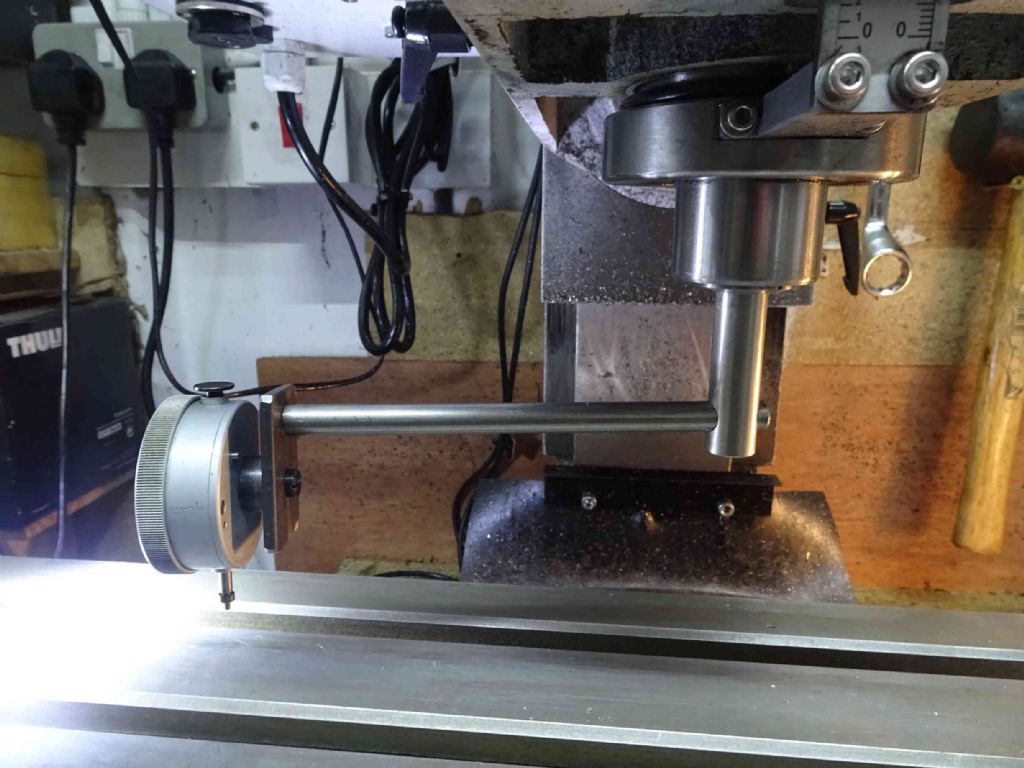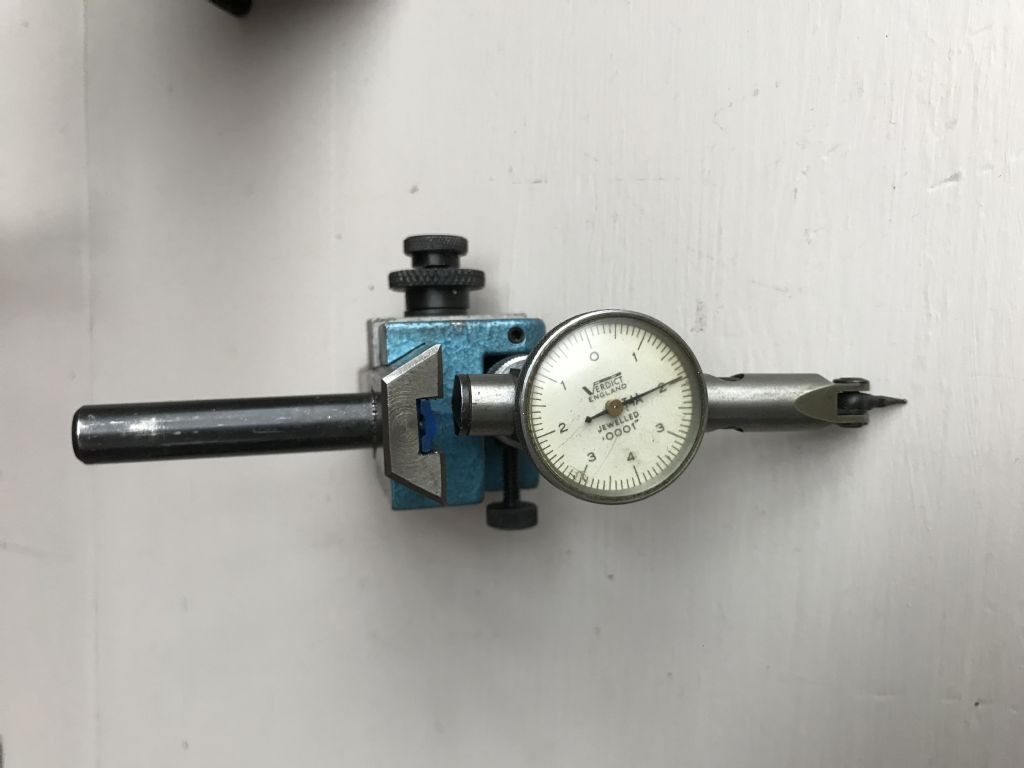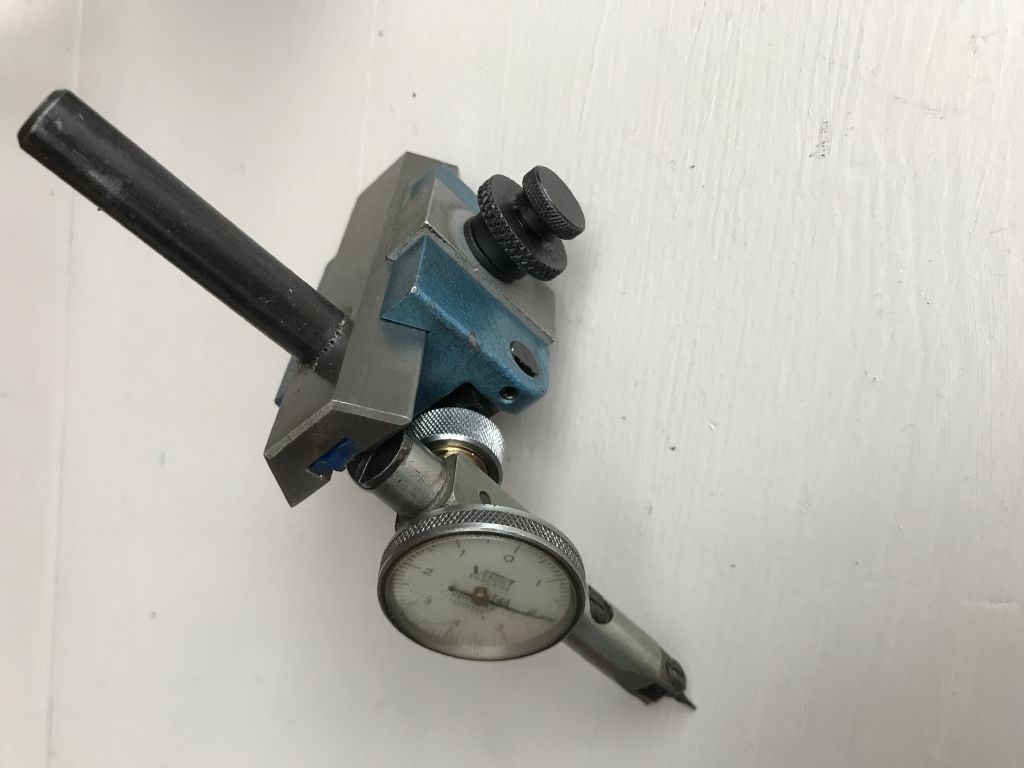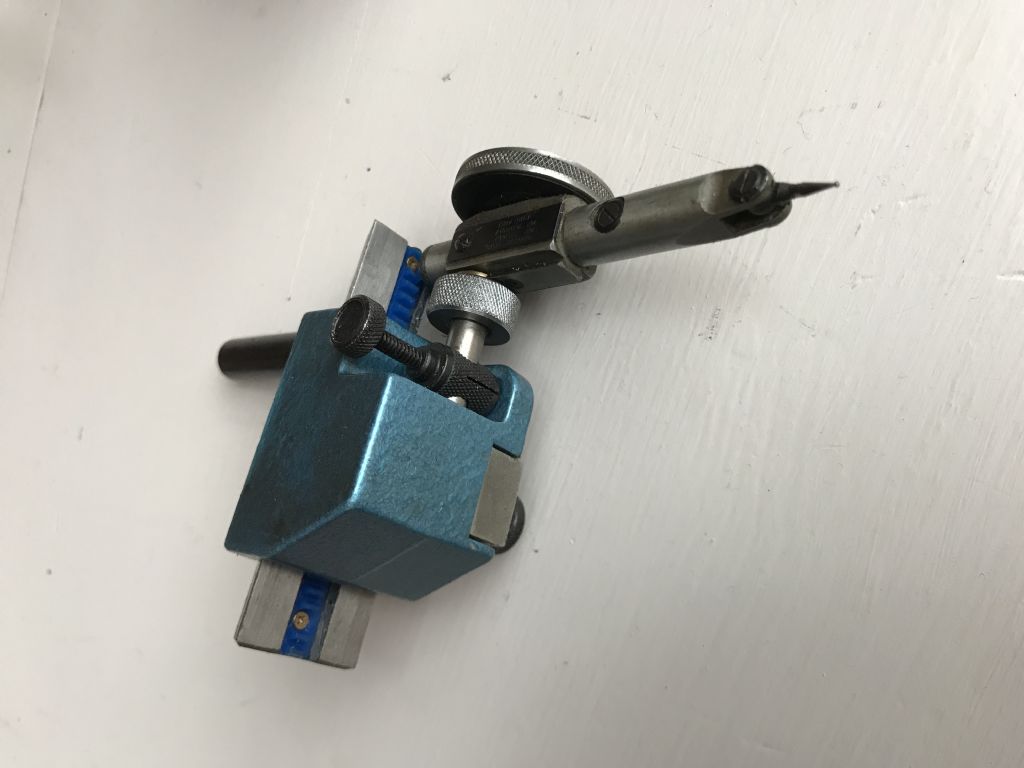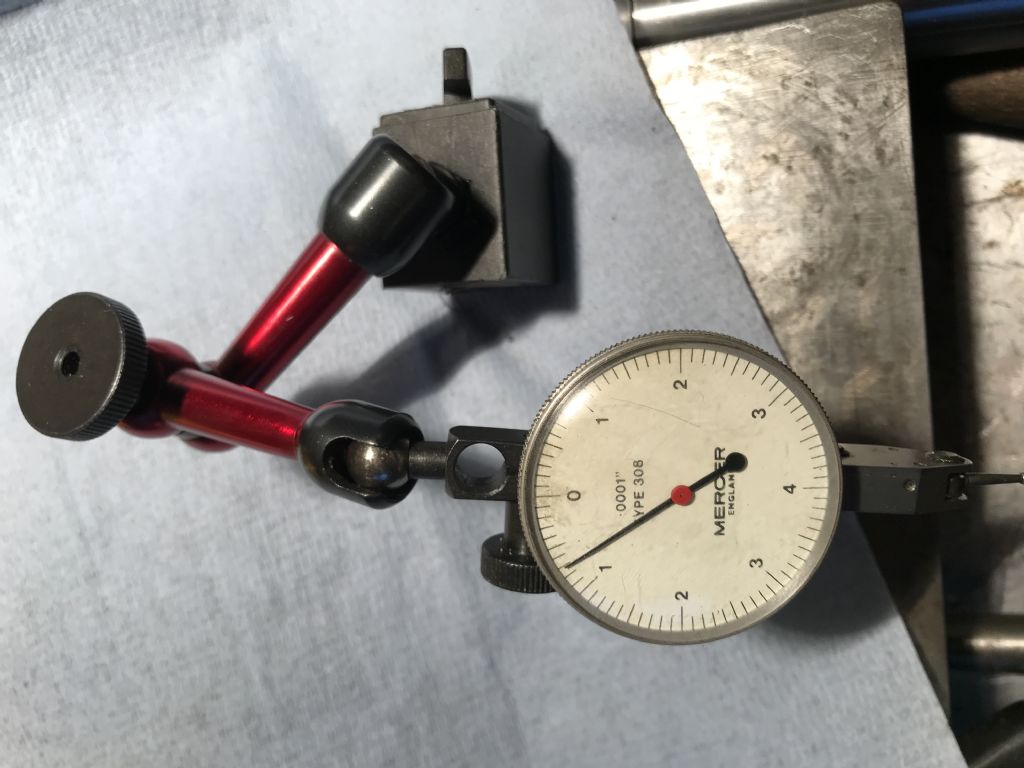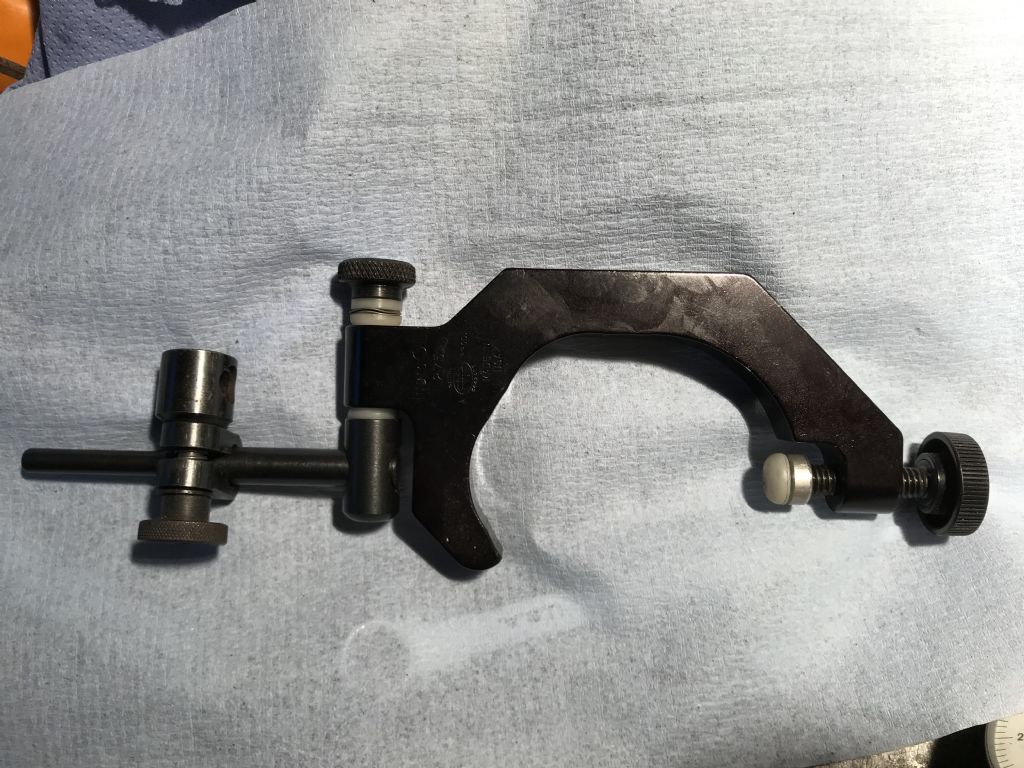co-axial indicators
co-axial indicators
- This topic has 34 replies, 19 voices, and was last updated 13 December 2020 at 15:37 by
Oily Rag.
- Please log in to reply to this topic. Registering is free and easy using the links on the menu at the top of this page.
Latest Replies
Viewing 25 topics - 1 through 25 (of 25 total)
-
- Topic
- Voices
- Last Post
Viewing 25 topics - 1 through 25 (of 25 total)
Latest Issue
Newsletter Sign-up
Latest Replies
- Arc’s 25mm indexable end mills…
- Chimney turning
- Swing over bed limitation for flywheels
- An Unexpected Message
- Play on warco mini lathe saddle
- Safe and secure way to suspend a 5″G Tender
- Denford Orac refit
- design and use of cutting tools
- Alternatives for a DRO display change
- What Did You Do Today 2025


